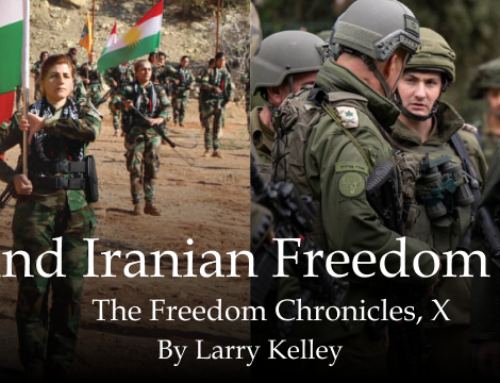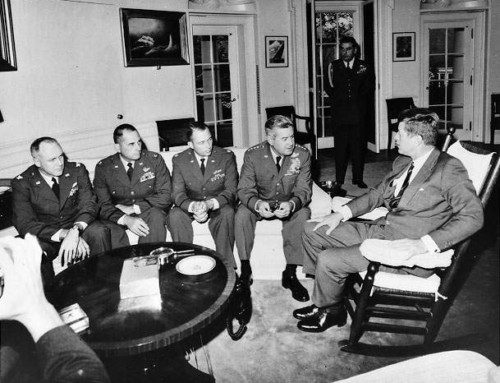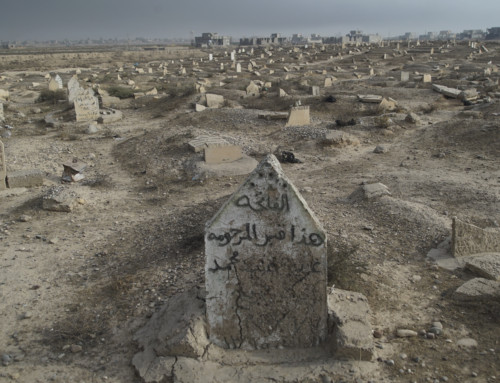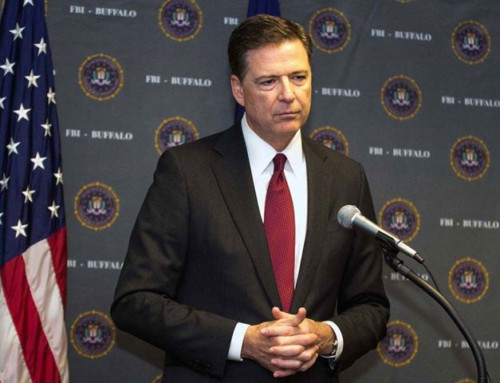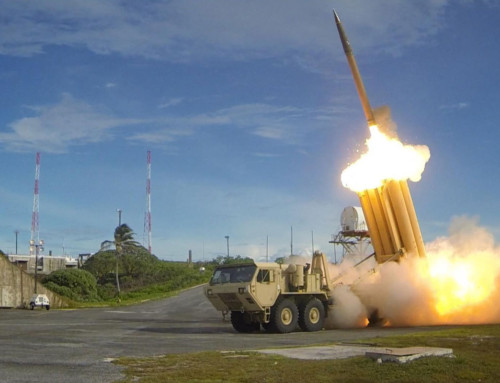In my first book, published in 2012, I predicted that a future US president may have both the opportunity and the need to partner with the Iranian people to bring down the hated theocratic regime which rules them with an iron fist and which gravely threatens the US.
This year Misagh Parsa, a professor at Dartmouth, has published a very scholarly book, Democracy in Iran: Why It Failed and How It Might Succeed, in which he provides further credence to my prediction.
Can the Iranian Theocracy Fall?
The Iranian regime can fall because, for starters, it is ringed by minority populations:
- the Azeri’s in the north,
- the Kurds in the north east,
- the Arabs in the south west, and
- the Baluchi’s in the south east, who hate their Mullah overlords because they are treated as second class citizens.
But secondly, the average Iranian does not see himself as primarily Islamic, but Persian. Moreover, they know their history and are fully aware that, in the seventh century, Islam was brutally imposed on Persia by the alien Arabian armies of Allah.
Iranians Turning From Islam
Parsa points out that the Mullahs running Iran since 1979 have made Iranians less Islamic. And the numbers are stunning. Few attend the continuously shrinking number of functioning mosques.
He writes of a Revolutionary Guard commander, Zia Hozni, who recently reported that only about 3,000 of the country’s 57,000 mosques were fully operational during the year. Additionally, in a cleric-run state, fewer and fewer men want to become clerics. Now the table has been turned on the religious police. Clerics who attempt to impose religious laws are often beaten severely. In 1980, the Iranian rubber-stamp parliament, the Majles, was 61% clerics. Today, that number is 5% and falling.
Yet the religious police and the regime’s more senior henchmen still attempt to intrude into every aspect of daily life, dictating how Iranians dress, socialize, what they read and watch. College campuses which were, in 1979, the core of the revolution, are now, despite omnipresent Islamic curricula, breeding grounds for the next rebellion.
The Powder Keg: Iran vs United States
Parsa argues persuasively that, because the regime keeps moving toward more repression and continues to rely on inflaming tensions in the region to subdue its subjects, an evolution toward a democracy more at peace with the West isn’t even a possibility. The common man also knows that the Mullahs and their allies are the winners in the Iranian corruption sweepstakes and that he is the loser.
We must add to this powder keg, the fact that the Iranians probably already have an electro-magnetic pulse (EMP) weapon which could be fired from a false-flag barge off our coast and detonated in the atmosphere above the US to destroy our electric grid. Experts have told Congress that should a successful EMP attack on the US occur, 9 out of 10 Americans, all those without access to agrarian food sources, would die in a societal collapse.
Operation Free Persia
In Lessons from Fallen Civilizations, Vol. I, I included this fictional account of how an Iranian regime change might occur amid a future US security crisis.
…when the new president arrives at the Oval office to meet with his national security advisors, he is handed a report with alarming news from his CIA Director. The Iranian missiles, photographed by satellite as they were loaded onto huge trailers and moved south by military truck transport toward the southern Iranian port of Bandar-e-Abbas, are now missing. Although the new president has greatly improved intelligence gathering operations inside Iran, the administration is still only guessing if the missiles, seen in transit, are nuclear armed and if they will be assembled as part of an impending EMP attack. At the end of the meeting the new President tells his advisors to launch Operation Free Persia the next night.
The plan is to send in units comprised of US armed Iranian commandos who have formed camps inside Turkmenistan, Afghanistan, and Iraq. They will lead fellow Farsi-speaking expatriates, from Europe and the US, and join with Special Forces and CIA paramilitary officers disguised as Iranian revolutionaries. The Americans have been ordered not to be taken prisoner under any circumstances—this is a do or die mission.
As the first units cross into the country from the north, east, and west, a signal is sent via secure satellite phones to other teams of commandos and civilian revolutionaries inside Tehran and other key Iranian cities. It is time to attack government installations, fire smuggled rockets into weapons depots, and blow up bridges and key roads leading away from military installations to disrupt troop movements. Additionally, they send out the call to encourage every citizen to join in the revolution and come out into the streets to fight the Basiji (the regime’s thug force) with rocks, bottles, and any other homemade weapons they can fashion. Their call-to-arms is to create chaos, set fires on military and government buildings, disrupt military movements, and overwhelm the regime.
Under the cover of darkness, the first units coming in from the outside, wearing Chinese-made night vision goggles, will attack weapons depots and other military storage facilities where Iranian Revolutionary Guard (IRG) units are billeted in border towns. Before engaging in combat, they will attempt to make contact in Farsi and convince the Iranian soldiers to surrender and switch sides. Once those border installations have been taken or neutralized, mobilized units of armored hummers will cross and begin moving a second wave of reinforcements, men and material, inland.
The plan contains numerous layers of contingency plans. The president knows that the Mullahs, seeing the regime in its death throws, may elect to launch their nuclear missiles at Europe, Israel, or even at the East Coast of the United States. For missile defense, the Navy has strategically stationed every available Aegis (ship-based) interceptor vessel in the US arsenal. Roughly half the Aegis ships are in the Eastern Mediterranean to defend Israel and Europe with the balance arrayed in the Atlantic to defend the Eastern Seaboard of the
In the Persian Gulf, a carrier group is ready to engage the Iranians should the regime begin to turn its airpower upon its own citizens. Massive American air and naval powers stand ready to launch several hundred aircraft and cruise missiles at military targets. Bombers with tactical “bunker buster” nuclear weapons are poised to take out hardened underground nuclear weapons centers.
In both Iraq and Afghanistan, vast numbers of Army and Navy paratroopers are poised and ready to be dropped into the country, if needed. The President’s plan provides the means for the Iranians to conduct the overthrow of their own county in a manner that allows the world to see it as legitimately their revolution.
In his final consultations with Pentagon officials regarding the US missile defense systems, he repeatedly asks, “Is the system fail safe?” To which he receives the answer, “We hope so.”
Four days later, having slept very little, the bleary-eyed new president stands before the television monitors inside the war room in the basement of the White House. Tech-savvy Iranians have posted to YouTube scenes of unimaginable jubilation in the streets of Tehran. He looks up to see choppy footage shot by Iranian hand-helds of just released prisoners streaming out of the notorious Evin prison into the arms of their tearful families. Next, there is footage of the first NATO troops arriving to aid in securing the military installations. Iranian women are singing and dancing in the streets and there is not a head covering to be seen anywhere in the crowds. The new President’s thoughts turn to President Kennedy on that Sunday morning October 28, 1962, the day Khrushchev agreed to remove the Soviet missiles from Cuba.
As Bruce Herschensohn wrote in his epic novel of the Cold War, Passport, “Millions of people returned to the life they feared would not be lived.”
On the following day, hundreds of thousands of Iranians return to the streets of Tehran. Singing ancient Persian nationalist hymns, they march solemnly toward the city’s central mosque and watch as it is consumed in flames. Fourteen centuries of Arab/Islamic rule over Persia has come to an end.
For a more in-depth analysis of the events in Iran, and what can be done to change them, visit http://lessonsfromfallencivilizations.com.


